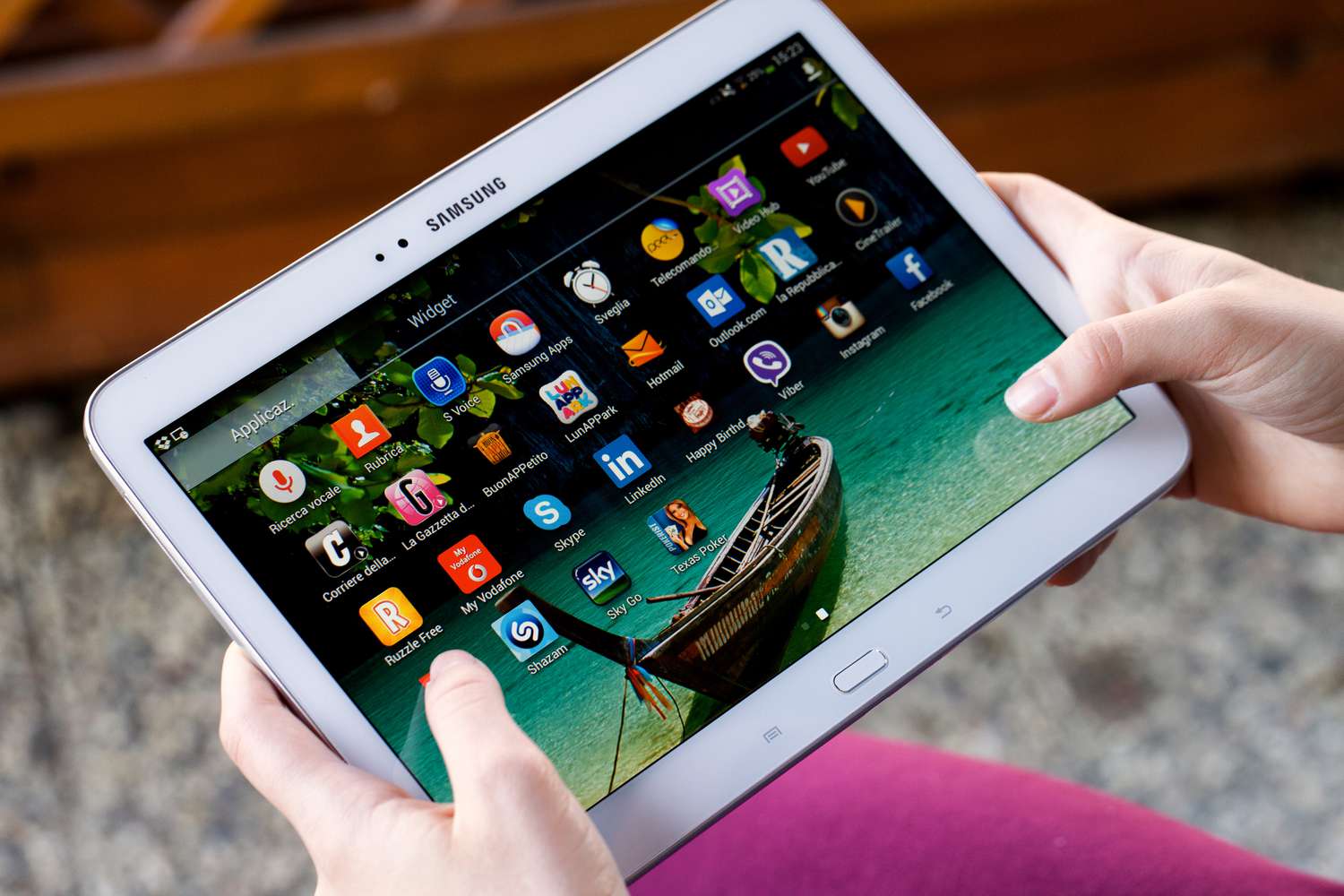
Introduction
Turning on your Samsung Android tablet is a straightforward process, but it can be tricky if you're new to these devices. This article will guide you through the steps to power on your Samsung Android tablet and provide additional tips to help you get started.
Prerequisites
Before diving into the steps, ensure you have the following:
- Device: Your Samsung Android tablet
- Charger: The original charger or a compatible one
- Power Source: A working power outlet or a USB port on your computer
Step-by-Step Guide to Turning On Your Samsung Android Tablet
-
Locate the Power Button:
The power button is usually on the top or right side of your tablet. It might be labeled as "Power" or have a symbol of a circle with a line through it. -
Connect the Charger:
If your tablet is completely dead, charge it first. Plug the charger into a power outlet and connect the other end to your tablet's charging port, typically located at the bottom. -
Wait for Charging:
Allow your tablet to charge for at least 30 minutes to an hour. Check if it's charging by looking at the charging icon on the screen or checking the battery percentage on the lock screen. -
Press and Hold the Power Button:
Once charged, press and hold the power button until the Samsung logo appears on the screen. This is usually accompanied by a slight vibration or sound. -
Release the Power Button:
Release the power button once the Samsung logo appears. The screen should light up, and you'll see the boot animation. -
Wait for Boot-Up:
Allow your tablet to boot up completely. This may take a few seconds to a minute, depending on the model and any additional processes running in the background. -
Unlock Your Tablet:
Once fully booted up, you'll see the lock screen. Unlock it using your fingerprint, face recognition, or PIN/password.
Additional Tips for Turning On Your Samsung Android Tablet
-
Using the Power Button with Volume Down:
If the power button is not working, try using the combination of the power button and volume down button. Press and hold both buttons simultaneously until the recovery mode or boot options screen appears. -
Using the Recovery Mode:
If your tablet is not turning on normally, you might need to enter recovery mode. Press and hold both the power button and volume down button simultaneously until the recovery mode screen appears. From here, perform various actions like wiping cache or resetting your device. -
Charging Issues:
If your tablet is not charging, check that the charger is properly connected and that there are no issues with the charging port. Sometimes, dust or debris can accumulate in the charging port, preventing it from functioning correctly.
Troubleshooting Common Issues
Tablet Won't Turn On
-
Check Battery Level:
Ensure that your tablet's battery is not completely drained. If it's dead, charge it first. -
Inspect Charging Port:
Clean the charging port with a soft brush or cotton swab to remove any debris that might be blocking the connection. -
Use Different Charger:
Try using a different charger to rule out any issues with the original charger. -
Check for Physical Damage:
Inspect your tablet for any physical damage, such as cracks or water exposure, which could prevent it from turning on.
Tablet Stuck on Boot Screen
-
Force Restart:
Press and hold both the power button and volume down button simultaneously for about 10 seconds to force restart your tablet. -
Boot in Safe Mode:
Press and hold the power button until the boot options screen appears, then select "Safe Mode" to boot your tablet in safe mode. -
Perform Factory Reset:
If your tablet is stuck on the boot screen, you might need to perform a factory reset from recovery mode.
Optimizing Your Samsung Android Tablet
Screen Brightness
- Adjust Screen Brightness:
Lowering the screen brightness can help extend battery life and reduce eye strain. Adjust this setting in the display settings menu.
Battery Saver
- Enable Battery Saver:
When your battery is low, enable battery saver mode to reduce background activity and dim the screen.
Location Services
- Turn Off Location Services:
Disable location services when not needed to conserve battery life and protect your privacy.
Wi-Fi and Bluetooth
- Disable Wi-Fi and Bluetooth:
Turn off Wi-Fi and Bluetooth when not in use to prevent unnecessary battery drain and potential security risks.
Background App Refresh
- Limit Background App Refresh:
Limit background app refresh to essential apps to conserve battery life and data usage.
Notifications
- Customize Notifications:
Customize notifications to only receive important alerts, minimizing distractions and saving battery life.
Final Thoughts
Turning on your Samsung Android tablet requires minimal effort. Understanding common issues and troubleshooting steps can help resolve problems quickly. By following these tips and optimizing your device's settings, you can ensure smooth and efficient operation.
Always keep your device updated with the latest software updates, as these often include performance enhancements and bug fixes. Regularly cleaning your tablet's charging port and screen can prevent common issues like charging problems or touchscreen unresponsiveness.
With these steps and tips in mind, you'll be well-equipped to handle any situation related to turning on or optimizing your Samsung Android tablet. Happy using!
